
March 3, 2023: Theatre Yesterday and Today, by Ron Fassler
"I think probably one of the worst reviews that I got was actually from a person on the street, and not a paid critic. I remember stepping out onto the street and some woman shouted, "Officer, arrest this show!" - Arthur Bricknell, author of Moose Murders.
In the 1982-83 season, twelve shows closed in less than a week, with six folding on their opening night. Rough times. And though those forgotten plays and musicals may have come and gone, the one night failure of Moose Murders on February 13, 1983, remains eternal, continuing to define what it truly means to bomb on Broadway. Its single performance (after a handful of previews) allowed for Frank Rich in the New York Times to write: “Those of us who have witnessed the play that opened at the Eugene O’Neill Theater last night will undoubtedly hold periodic reunions, in the noble tradition of survivors of the Titanic.”
I am not one of those survivors. I purposely chose not to see it even though I'd been hearing a lot about what was transpiring (soon to be expiring) on West 49th Street. In the days before email and texting, I specifically recall my old high school friend Ron Goldberg phoning to tell me of the rumors he was hearing that Moose Murders had to be seen to be believed. Funnily enough, Ron didn't heed his own advice. Living in the neighborhood, he saw it up on the board at TKTS in Times Square for its opening night performance (never a good sign when a show hasn't sufficiently secured a full house on opening night) and agonized over buying a seat. Ultimately, he took a pass. "To my everlasting regret," he informed in a text four decades later.

Perhaps like me, Ron doesn't really relish stage catastrophes (especially when you pay for them). In fact, I find it quite painful. I would rather sit through a bad movie than a bad play any day. At a film, I can always eat popcorn and freely get up to go the bathroom. At a play, when it’s not going so great, I feel both trapped and bad for the actors. After all, no one gets involved in a show to produce a terrible one — save for Bialistock and Bloom. And I’m sure thoughts about those two fictitious producers went through the minds of the few thousand souls who did manage to catch Moose Murders, either with Eve Arden, or with the very game Holland Taylor who replaced her. From all reports, Taylor bravely tried to make a silk purse out of a moose’s ear, even though she went in knowing the odds were stacked against her.
"I had actually read the play, which was very, very funny but I didn't think it worked as a play," said Holland Taylor in a radio interview some thirty years later. "I thought it was extremely campy and just over the top and I also knew the scuttlebutt around town that it was a classic vanity production. That is to say, the producer was not a New York producer, and he was the father of the girl who was the star. And the husband of the girl who was the star was a first-time director... so, it was a recipe for disaster."
That recipe, disguised as "Force Ten Productions, Inc." was in reality Roy Cullen, a wealthy Texas oil baron who was fronting the production to allow his granddaughter and her husband a fun adventure in the theatre. Said granddaughter, making her Broadway debut in Moose Murders, received a Playbill title page credit of "and Lillie Robertson." And if the name Mara Hobel is at all familiar, she played young Christina being terrorized by Joan Crawford (Faye Dunaway) in the equally infamous Mommie Dearest (1981).

If the producers' names meant nothing, Eve Arden's certainly did, especially to a certain segment of the theatregoing crowd, even if she had been away longer than Dolly from the Harmonia Gardens. But as mentioned, the notion of it being so nice to have you back where you belong was brief. Sadly, she had a great deal of difficulty with her lines, though considering the dialogue she was given, did it really matter? Oddly, among the many who've chronicled Moose Murders, including cast members and the playwright, no one can seem to agree on whether Arden played it once or twice before exiting (it was forty years ago). What can be agreed on is that the play suspended its performances once she boarded a plane home to California.
At age seventy-five, it was a big leap for Eve Arden to return to Broadway for the first time in forty-two years. Her last appearance had been in Cole Porter’s Let’s Face It!, where she and Danny Kaye introduced the song, “Let’s Not Talk About Love.” And though in the late 50s and mid-60s she'd done runs on the road in Auntie Mame and Hello, Dolly!, the bulk of her career had been spent in Hollywood working in film and television. She received an Academy Award nomination for the wisecracking best friend to Joan Crawford in Mildred Pierce and was ideally arch as James Stewart's loyal secretary in Anatomy of a Murder. But it was via radio, TV, and even a movie version of her comedy series Our Miss Brooks, where she achieved everlasting fame by performing the hat trick of breaking through all three mediums as beloved school teacher, Connie Brooks.

Immediately upon the show shutting down, Holland Taylor was hired. The show went right back into rehearsal and reopened ten days later. Today a revered and award winning actress, forty years ago Taylor was just another actor going from job to job and hoping for the best. "I was literally out of money,” she told New York Magazine in a 2020 article on the show. “I was signing a tab at Joe Allen’s to eat. When that [Moose Murders] came along, it actually bailed me out.” Her Broadway debut had been in 1965 in the ensemble of a controversial production of John Whiting’s The Devils. She made a good impression in a supporting role in Simon Gray’s Butley (1972), which won a well-deserved Tony for its star Alan Bates, but her last Broadway show had been six years prior in another one-night stand, 1977's Something Old, Something New, which starred Molly Picon and Hans Conreid.

For the record, here's the plot of Moose Murders as described by its licensing agency Concord Theatricals/Samuel French (yes, you can produce it if you and your theatre company are that suicidal). It reads: “The wealthy heirs of a wealthy but ailing old man named Sidney Holloway have purchased the Wild Moose Lodge in the Adirondacks as a place for daddy to live out his last days. During an innocuous game of 'murder' suggested by one of the clan, mousey young Lorraine Holloway is murdered for real. Who done it? Could it have been the legendary 'Butcher Moose' which haunts the mountains? Or is it a member (or members) of the eccentric Holloway family itself? Before dawn breaks, there are a series of disclosures which lead to the murder of more than one of the cast of loonies as well as to the awful truth behind the 'Moose' murders.”
Best line on the website: "Produced to infamous acclaim on Broadway starring Holland Taylor."
What transpired on the stage of the O’Neill sounds made up, but it's not, as Frank Rich described in his review: “I won’t soon forget the spectacle of watching the mummified Sidney rise from his wheelchair to kick an intruder, unaccountably dressed in a moose costume, in the groin. This peculiar fracas is topped by the play’s final twist, in which Hedda serves her daughter Gay a poison-laced vodka martini. As the young girl collapses to the floor and dies in the midst of another Shirley Temple-esque buck and wing, her mother breaks into laughter and applause.”
Eleven years later, before retiring from the theatre beat, Rich wrote an article in the Times titled “Exit the Critic.” In it, he refers to Moose Murders as “the worst play I’ve ever seen on a Broadway stage.” Wearing that as a badge of honor, its playwright Arthur Bicknell wrote a memoir, Moose Murdered: Or How I Learned to Stop Worrying and Love My Broadway Bomb (clever title). Its publication coinciding with a daring revival at the Connelly Theatre in the East Village in 2013. A few years (and a few rewrites) did nothing to alter its status as a cult-failure. Charles Isherwood in the New York Times wrote that witnessing the revival was “among the most insufferable nights I have ever spent at the theatre.”

Echoing Holland Taylor, fellow cast mate June Gable has said, "In retrospect, the script read a lot funnier than it actually played." This was from a story she wrote for Esquire titled "How I Survived Moose Murders, the Biggest Broadway Bomb" that was published not long after the show shuttered. A lot of what Gable writes should be taken with a grain of salt, such as her statement that "there were lines around the block for the second night. People were furious that it had closed.” Around the block? Really doubt that happened. But such are the tales that come out of something so infamous that embellishments make for a grander sort of truth.

I'll give the last word on Moose Murders to the valiant Holland Taylor. "Others suffered more than I did," she said. "I escaped with my life and my mind."
If you enjoyed this, please check out Up in the Cheap Seats: A Historical Memoir of Broadway, available at Amazon.com in hardcover, softcover and e-book. To receive all future columns by email, hit the blue FOLLOW button above and feel free to comment below or write me at Ron@ronfassler.org.

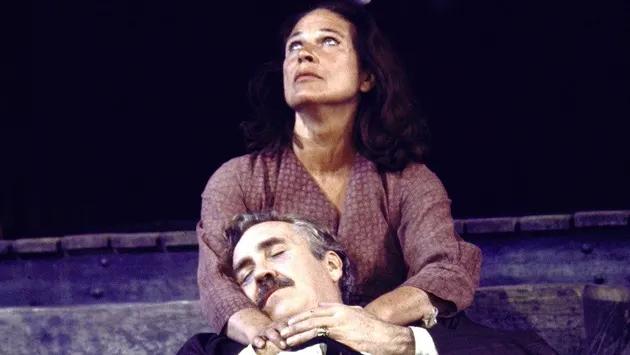
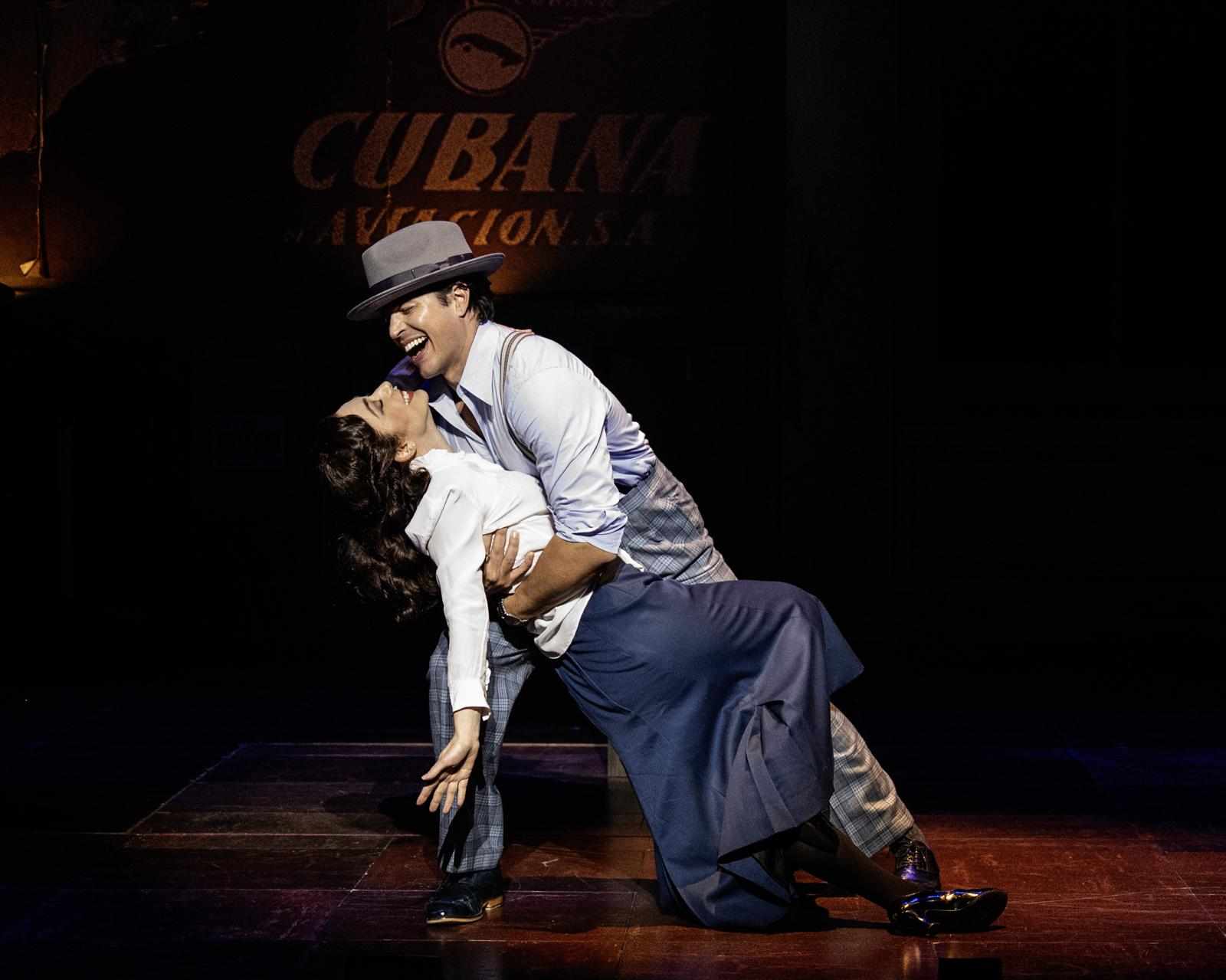
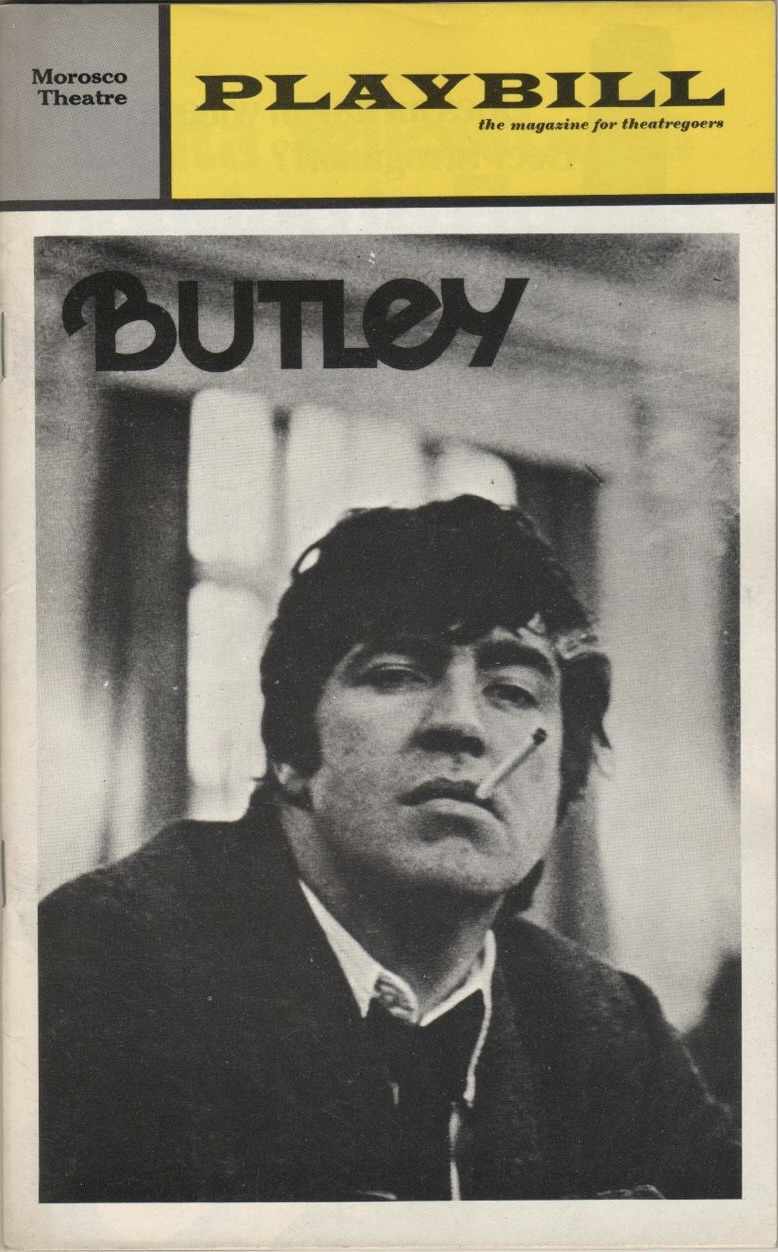
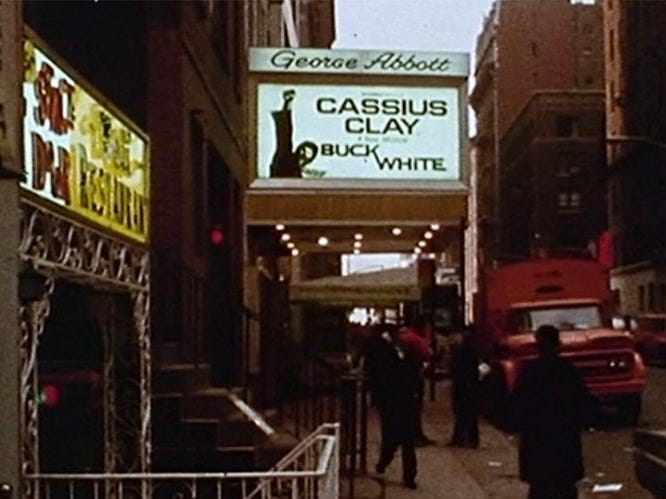

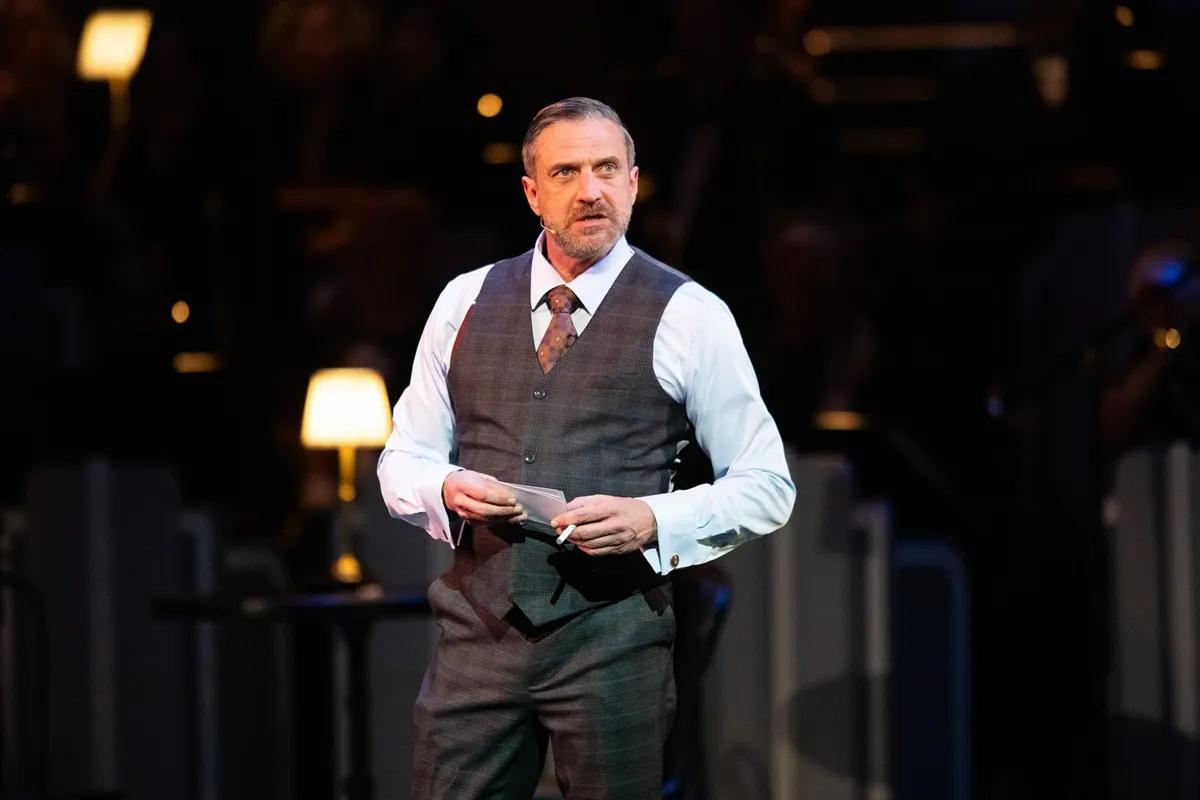

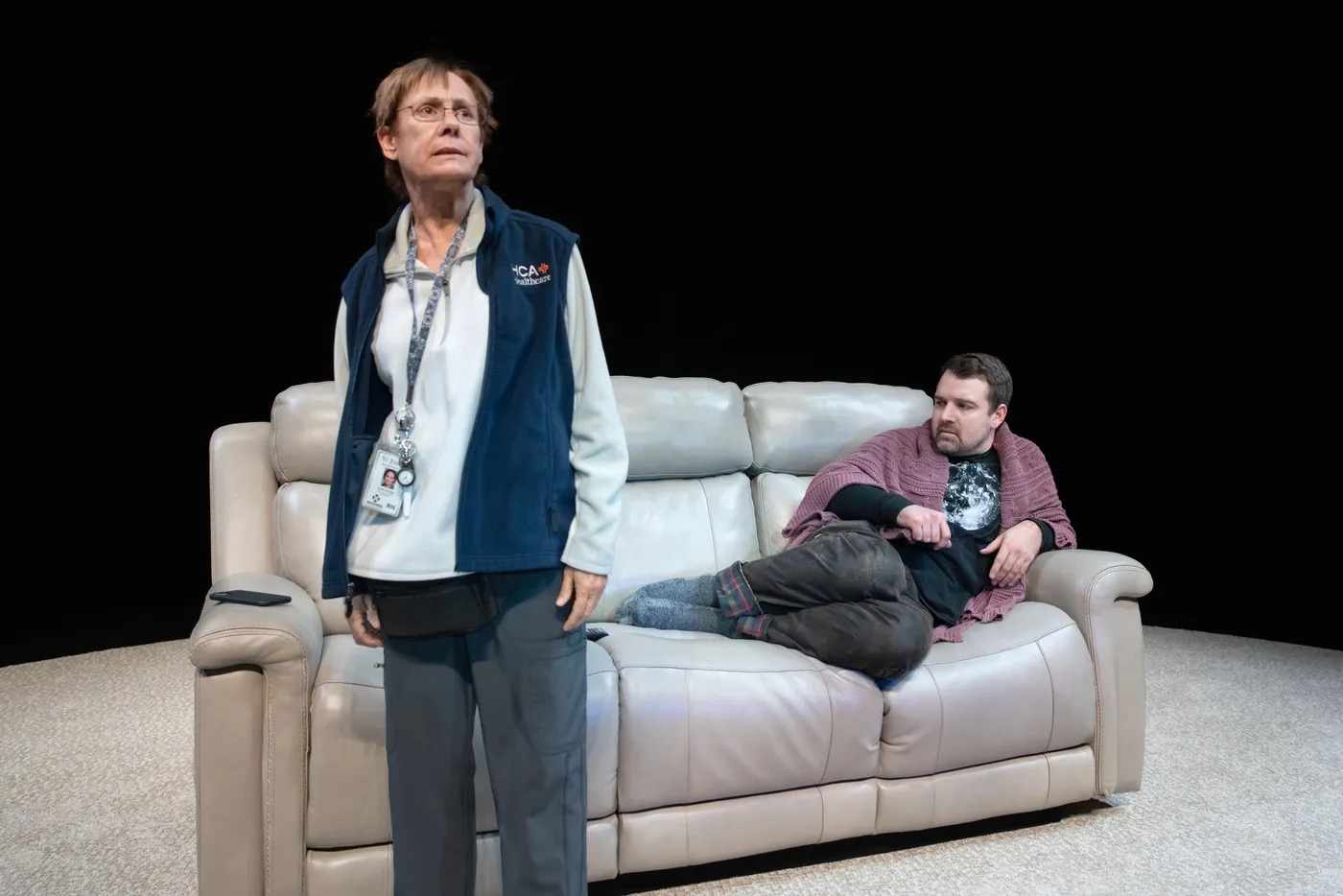


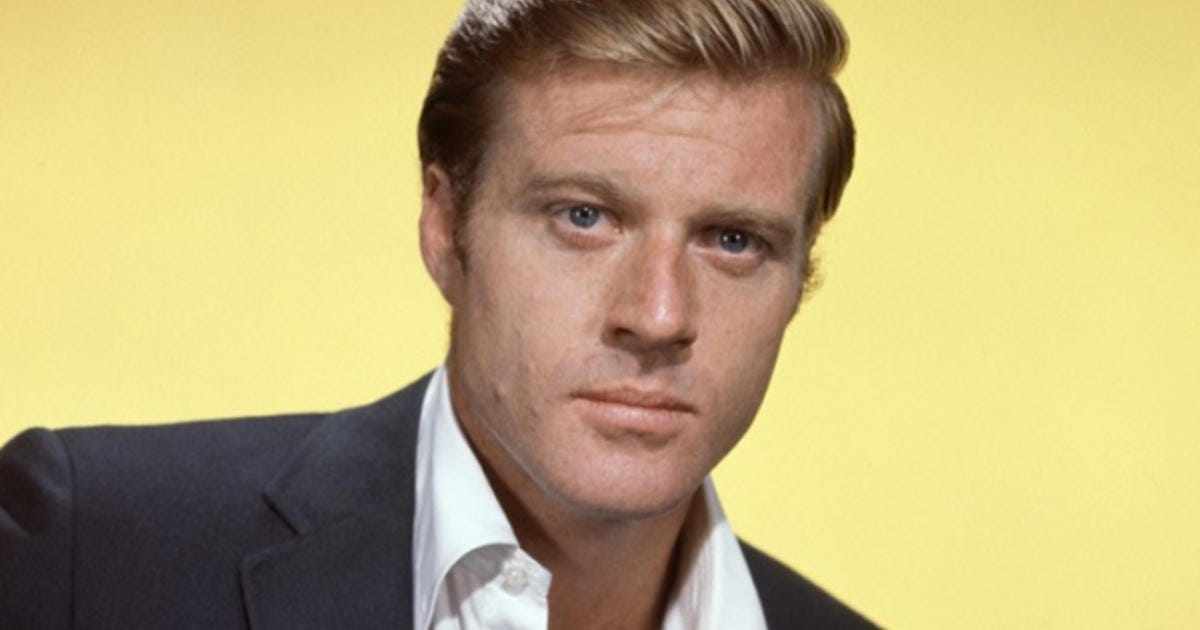
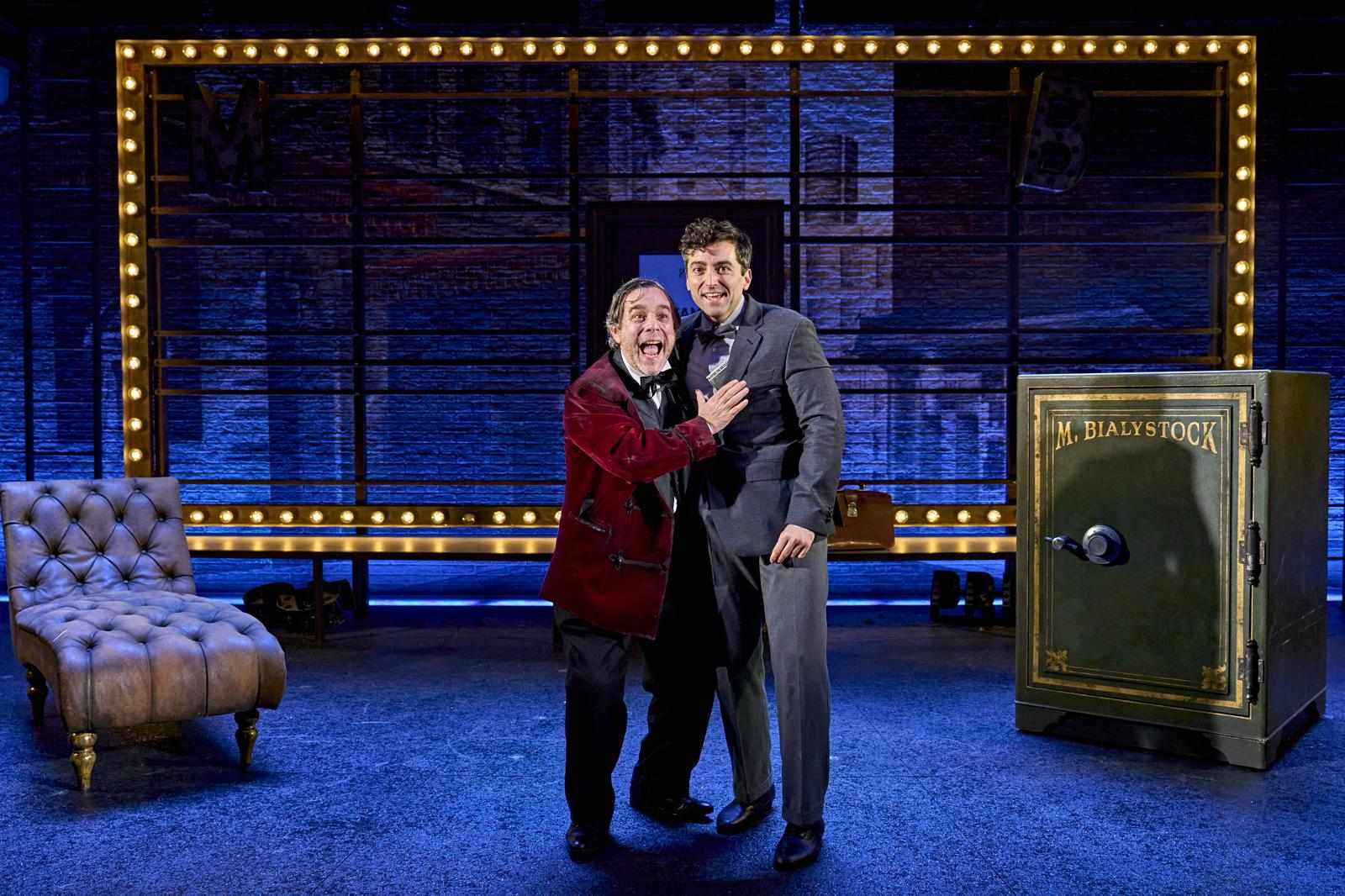
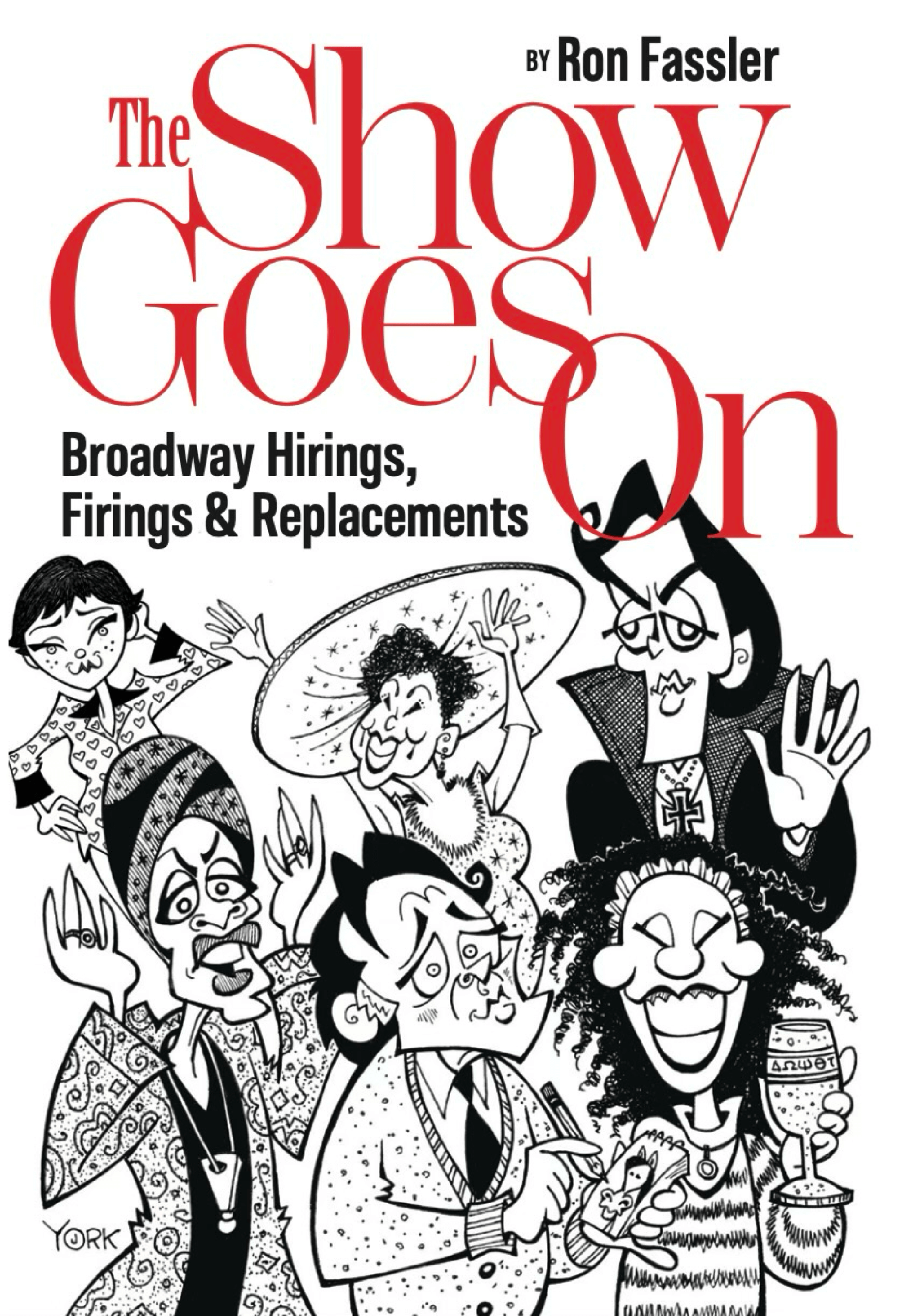

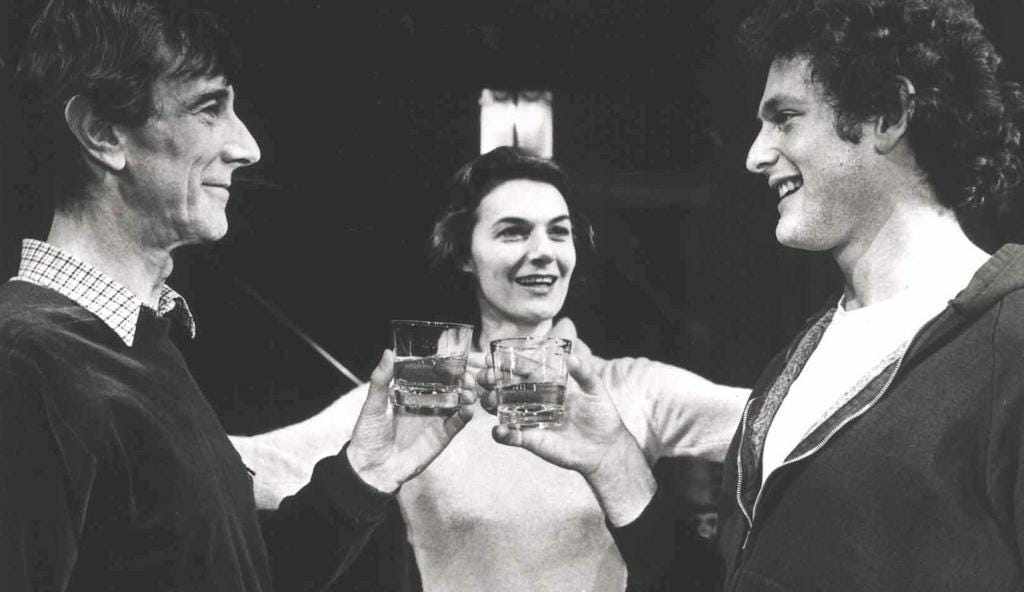





Write a comment ...